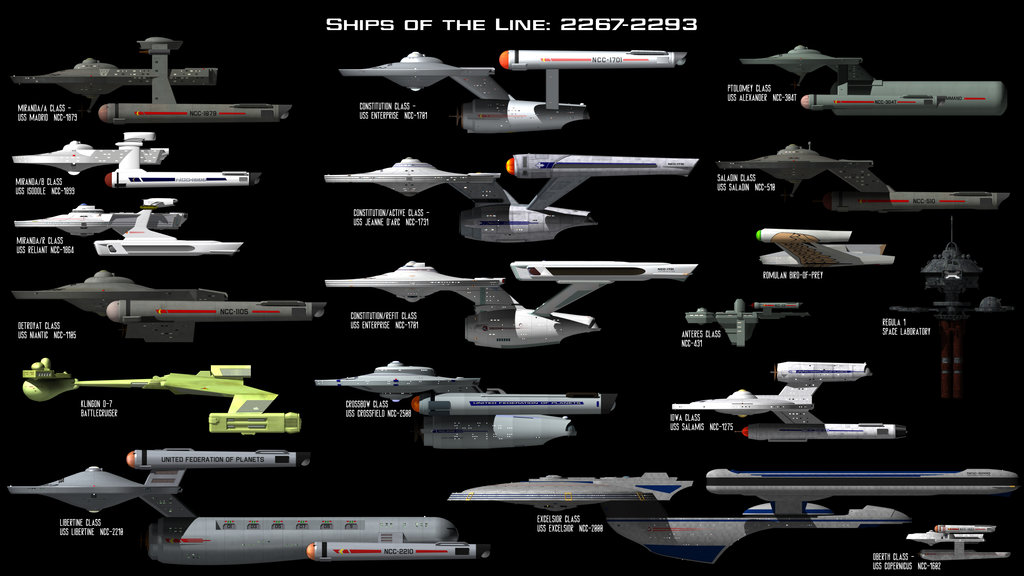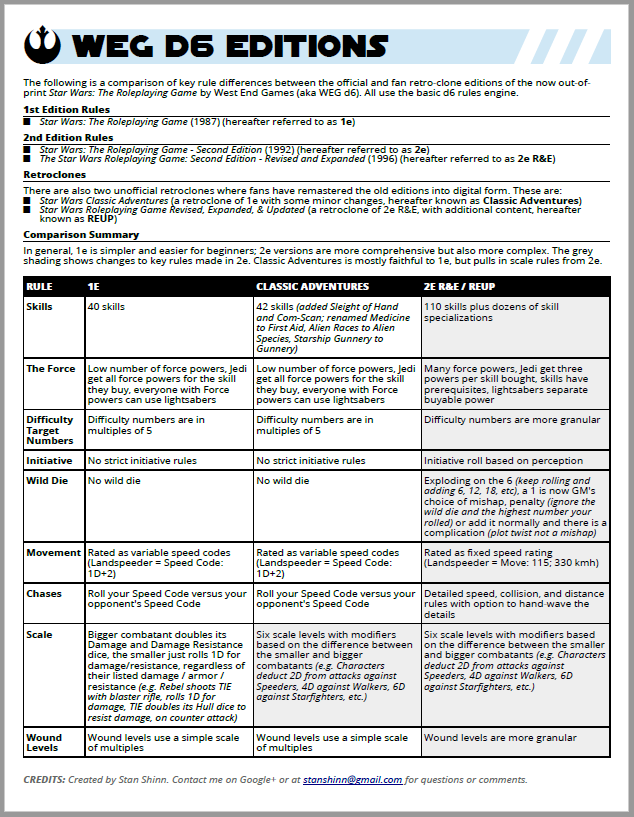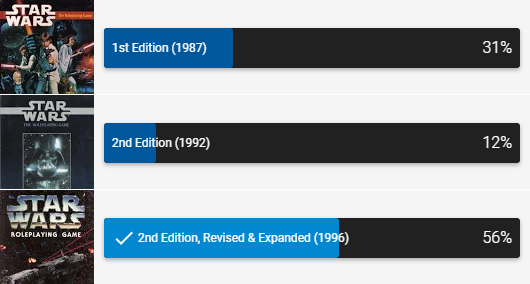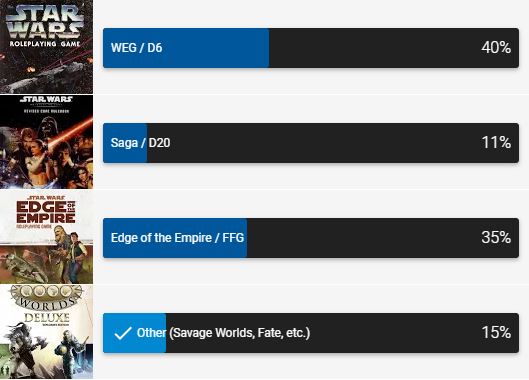Although Cypher System is one of the most elegantly simple games on the planet, sometimes, in the moment (especially, as a GM) you might forget the main tools you have at your disposal. Looking at a variety of edge cases in games I’ve played, and reading through various discussions online on gameplay tip, here’s what I think the three keys things Players and GMs each need to recall.
3 Ingredients of Player Actions
Players have Skills, Assets, and Effort, each of which can aid you in reducing the Difficulty for an action. Also, other PCs (if they are skilled in that task) can Help to get you a +1.
![]()
3 Ingredients of GM Actions
Gamemasters have Intrusions, Actions, and Levels as three ways they can mechanically influence the narrative and adjudicate events.
![]()
Each method has its place. In many cases, all three of these techniques would work well. Let’s look at some examples.
Example 1: PCs Cause An Avalanche
Let’s say the PCs are on a snow-covered mountain. A group of a dozen enemy soldiers (eight Level 1 minions and two Level 3 snipers, led by a Level 4 commander) are headed their way. The PCs decide to use gunshots to cause an avalanche which they hope will bury the enemy soldiers. How would the GM adjudicate this? Here are three approaches:
Intrusion
The GM simply declares that the avalanche succeeds. How many NPCs were buried in the snow? The GM intrudes and offers 2 XP to say that the avalanche works, but the snipers and commander survive.
Level
Everything in Cypher has a level. The players roll a 1d6 to determine the level of the avalanche they’ve created. They roll a 3. The GM compares the level of the avalanche and the level of the enemy NPCs. Only the Level 4 commander survives unscathed!
Action
The avalanche is considered an attack. The players roll a 1d6 to determine the level of the avalanche they’ve created. The GM has the player causing the avalanche to roll an attack roll against each NPC, with the avalanche used as the weapon damage.
Of the three, I’d say the GM Intrusion would be my top pick. Level also works well. Using the Action technique will take a bit longer without adding much over using the faster Intrusion of Level approach.
Example 2: PCs Create an Improvised Trap
A PC, with the help of his companions, decide to play MacGyver and create a trap made of rope nets in the woods to snare band of Level 2 thugs that will soon approach. How would the GM adjudicate this? Here are three approaches:
Intrusion
The GM simply declares that the trap succeeds and traps the thugs. The GM intrudes and offers 2 XP to say that the thugs leader has a gun and will shoot the rope holding the net and will escape, ready to free his companions and start shooting at the PCs.
Level
Everything in Cypher has a level. The players roll a 1d6 to determine the level of the trap they’ve created. They roll a 4. The GM compares the level of the trap and the level of the thugs. They are all trapped!
Action
The PC creating the trap rolls an attack against the thugs. If she succeeds, she rolls a 1d6 to determine the level of the avalanche they’ve created. She rolls a 5. The thugs are trapped for 5 rounds before they could wriggle free.
Of the three, I’d say the GM Intrusion would be my top pick. Using a Level and using an Action produce roughly the same results.
Example 3: NPCs Need a Morale Check
The PCs have been fighting a large band of Level 1 goblins and most of the goblins are now slaughtered. Of the 7 goblins who remain, how many will now flee?
Intrusion
The GM simply declares that all the goblins flee. The GM intrudes and offers 2 XP to say that one of the goblins produces a horn which he blows to summon reinforcements.
Level
Everything in Cypher has a level. The players roll a 1d6 to determine the level of an effective ‘Morale’ monster that is effecting each goblin. You could do this once for the group, or once per goblin. Any roll of 2 or higher causes the Level 1 goblin to flee.
Action
The leader of the PCs uses their action to intimidate the goblins into fleeing. The PC rolls to see if he is successful. He succeeds! All the goblins flee. Alternatively, the GM could declare a Graduated Success. More on that below.
Of the three, I like using the Action with a graduated success.
Other Considerations
Graduated Success
The Cypher System rules state: “GRADUATED SUCCESS: Sometimes, a GM will break away from the traditional model that governs Cypher System task resolution and allow for a graduated success. With this method, she sets a difficulty as usual, but if the player succeeds at a difficulty at least one step higher, his success is better than normal. Likewise, if his roll indicates that he would have succeeded at one step (or more) lower, he might have a partial success.”
In the example of the goblins above, the GM could ask the players to use their action to intimidate the goblins into fleeing. The GM could declare “that’s going to be a Level 4 difficulty to get 3 of the goblins to flee, and a Level 5 difficulty to get all of the goblins to flee.”
When To Use Levels
Monte Cook wrote: “But sometimes a situation’s going to arise when you’re going to need to know how powerful that effect is. Maybe another device is trying to hold you to the ground and it’s a contest of power. Or maybe it’s something else. When the crazy stuff that happens in an RPG happens, you need a way to determine if something works, how well it works, or if it’s better than something (or someone) else. So every cypher has a level.” (source)
So levels are great if you need to know not just a binary pass/fail, but how many, how much, or how powerful.
Conclusions
Key Player Takeaways
Players should always consider Skills, Assets, and Effort to aid you in reducing the Difficulty for an action. Skills and Assets cost you nothing, so don’t forget to add them in! Consider if the scene has an asset you could use. Also, in a pinch, other players can Help to get you a +1.
Key GM Takeaways
Gamemasters should use Intrusions as the first technique to consider. Actions can give you more granular results (especially if using Graduated Success with different outcomes based on the roll). Levels are helpful if you need to know not just a binary pass/fail, but how many, how much, or how powerful.










Recent Comments